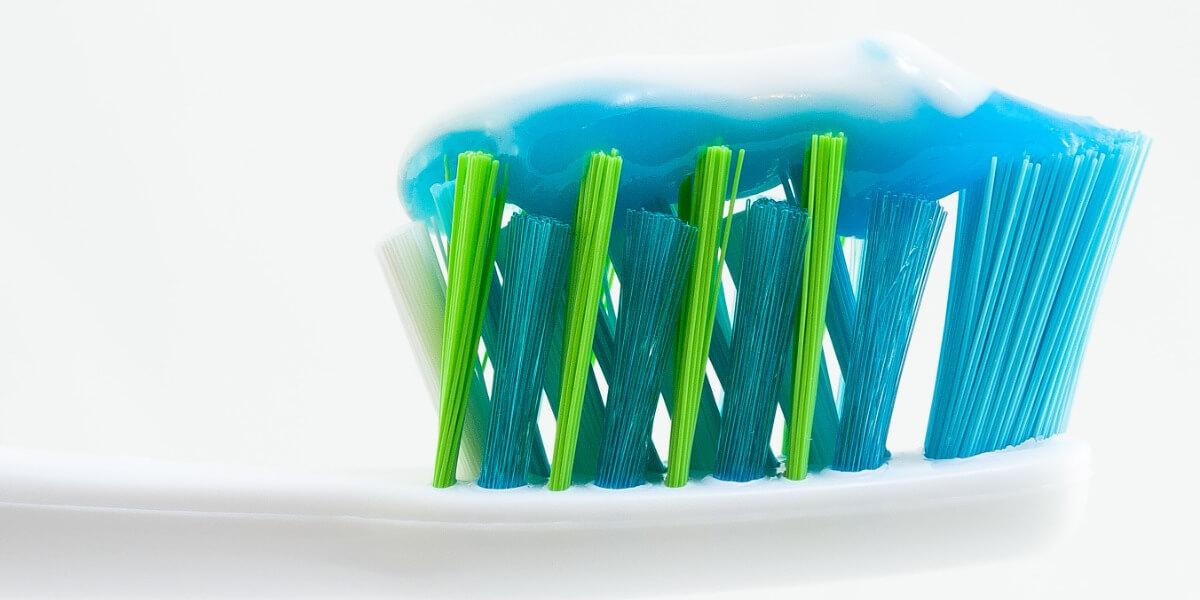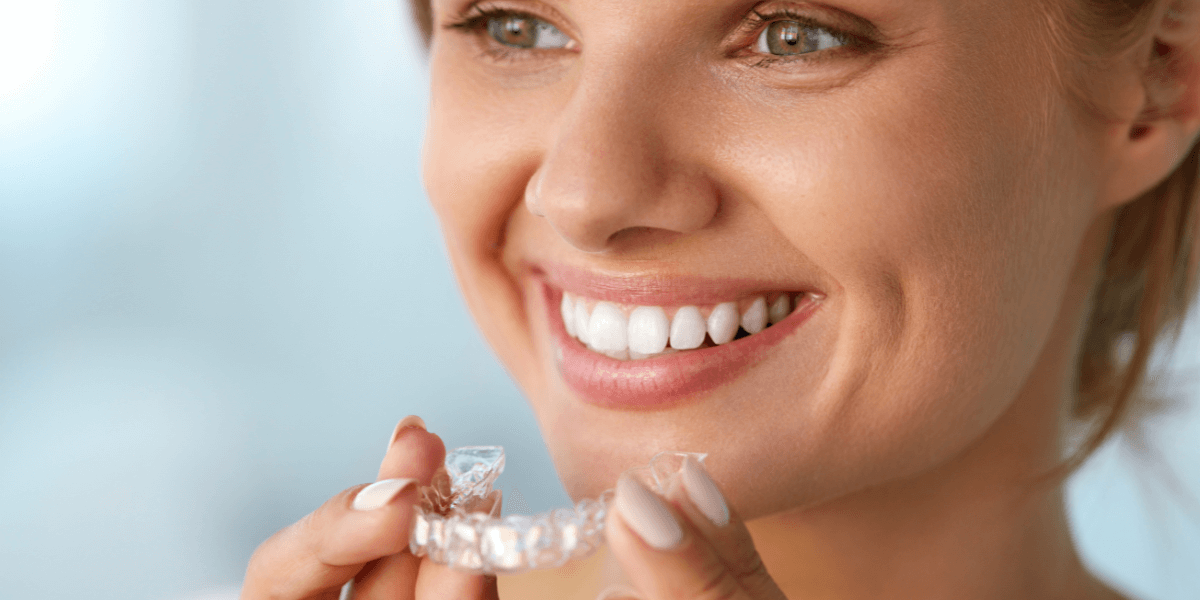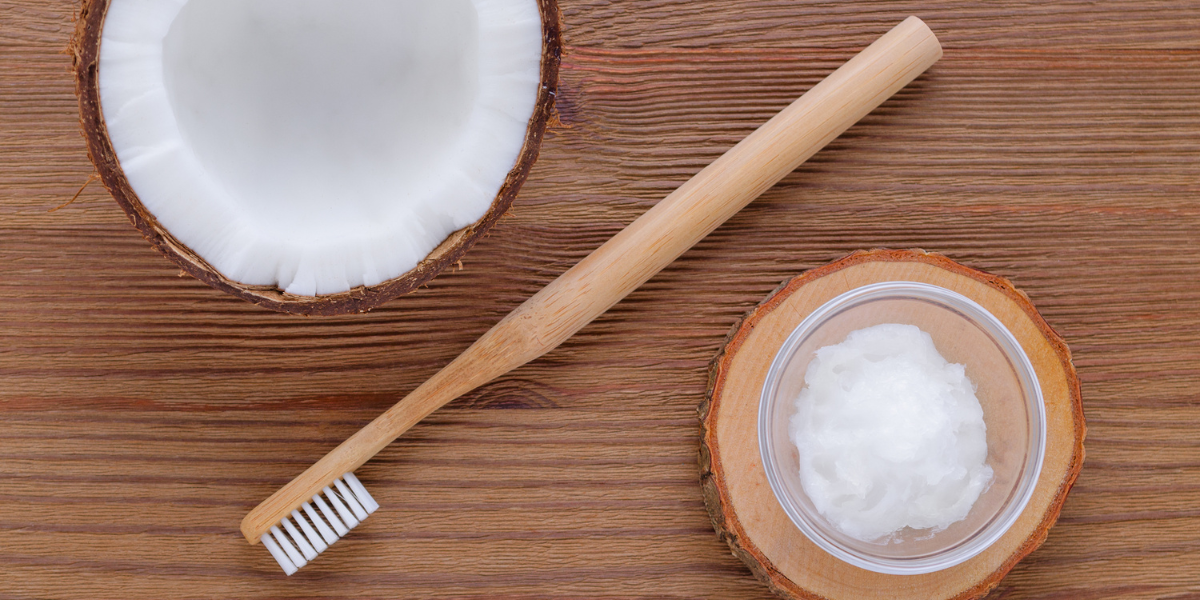How does whitening toothpaste work? Does it actually whiten?

Can whitening toothpaste really whiten our teeth while we brush? The truth is, it does remove some stains, but its capacity to whiten is limited.
When shopping for toothpaste, it’s hard not to be a little skeptical of all the claims on the box. Things like “whiter teeth in 2 hours!”, and “remove years of stains with 1 tube” sound incredible, after all who doesn’t want whiter teeth? But can you really whiten your teeth with just a whitening toothpaste? Let’s investigate.
How Exactly Does Whitening Toothpaste Work?
First things first, can stains be removed with toothpaste? Yes, depending on the stain. If the staining is extrinsic (outside the tooth), and caused by things like wine, coffee, or smoking, these stains can for the most part be removed. If the staining is intrinsic (within the tooth), they cannot.
There are a couple of ways a whitening toothpaste can whiten the teeth. The first is with an abrasive agent like hydrated silica[1]. This abrasive is gritty and works to scrub and buff the stains off the tooth. Another is with hydrogen peroxide or carbamide peroxide (very similar to hydrogen peroxide, just a little more diluted). Hydrogen peroxide differs from hydrated silica in that it penetrates the tooth [2] causing an actual bleaching effect. While hydrogen peroxide is effective, there is debate whether the 1 wt.% regulated amount of peroxide in toothpaste[2] is enough to penetrate the tooth as the average person only brushes about a minute a day (it should be two). A small tip when brushing is to skip rinsing afterward. This allows the beneficial ingredients in the toothpaste to be more readily absorbed by the teeth.
Do I Use Whitening Toothpaste for Maintenance or for Stain Removal?
While whitening toothpaste can remove some surface staining, it is best used for maintenance as the whitening effects are fairly minimal. The best options for whitening teeth are bleaching trays which will offer a much more concentrated delivery of peroxide in a shorter amount of time. You can achieve a whiter smile more effectively with bleaching trays once every few months than you can by using a whitening toothpaste every day. That being said, whitening toothpastes are still a great option for maintenance as too much bleaching can make teeth sensitive. If teeth are sensitive, a desensitizing gel is a great option to have on hand to soothe teeth and reduce any pain or sensitivity.
Do I Need to Brush Harder When Using Whitening Toothpaste?
Absolutely not. While it’s easy to think brushing harder will lead to whiter teeth and more stain removal, aggressive brushing is never the answer as it’s harmful to the tooth and surrounding tissues. However, one should still be on top of their homecare if they hope to attain a brighter smile. Tartar and plaque retain a lot of stain and can cause the teeth to have a dingy appearance.
Whitening toothpastes are a great addition to an oral homecare routine. They are gentle enough for daily use and help maintain a bright smile!
References
- Collins, L. Z., Naeeni, M., & Platten, S. M. (2008). Instant tooth whitening from a silica toothpaste containing blue covarine. Journal of dentistry, 36 Suppl 1, S21–S25. https://doi.org/10.1016/j.jdent.2008.02.006
- Epple, M., Meyer, F., & Enax, J. (2019). A Critical Review of Modern Concepts for Teeth Whitening. Dentistry journal, 7(3), 79. https://doi.org/10.3390/dj7030079







